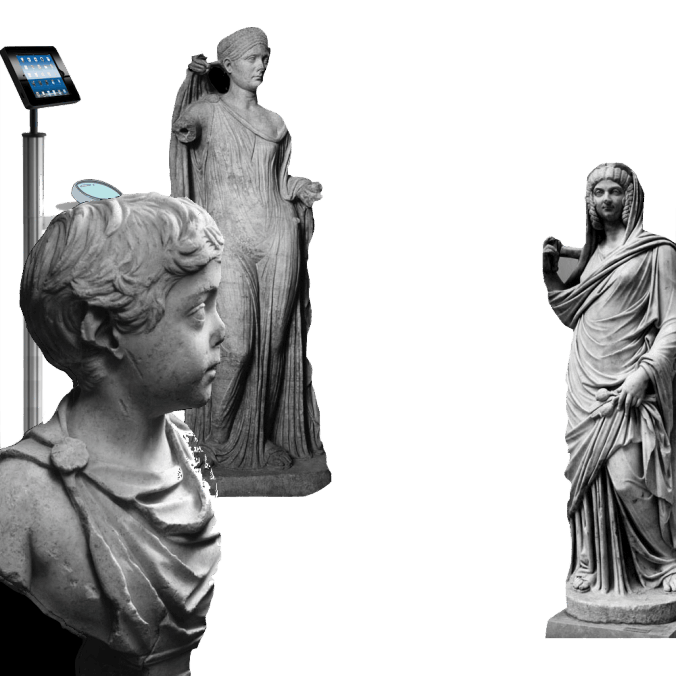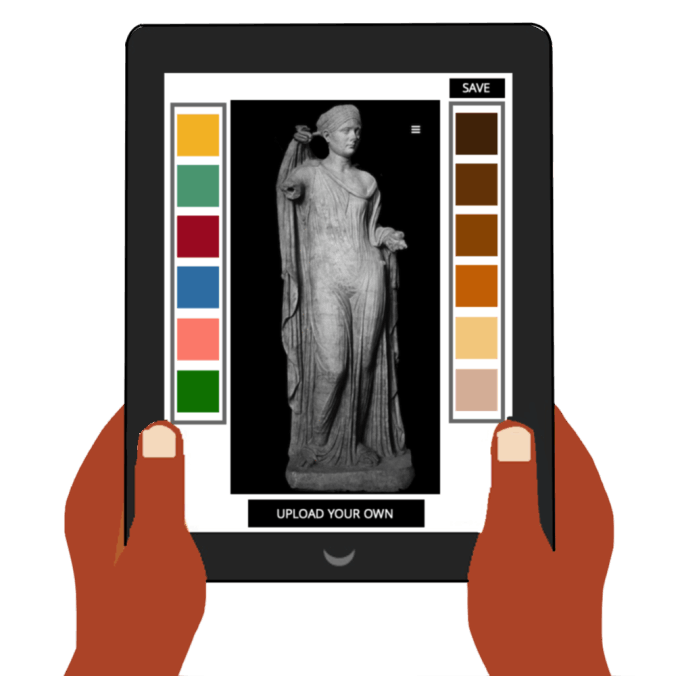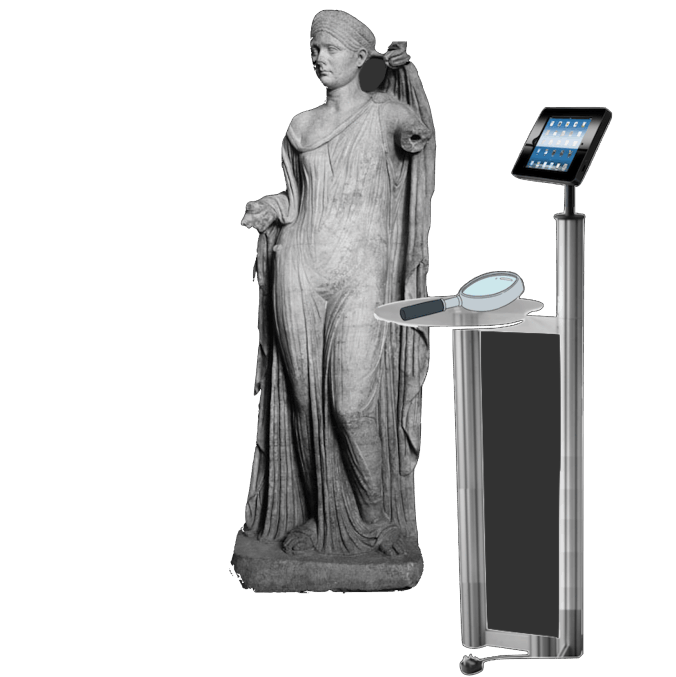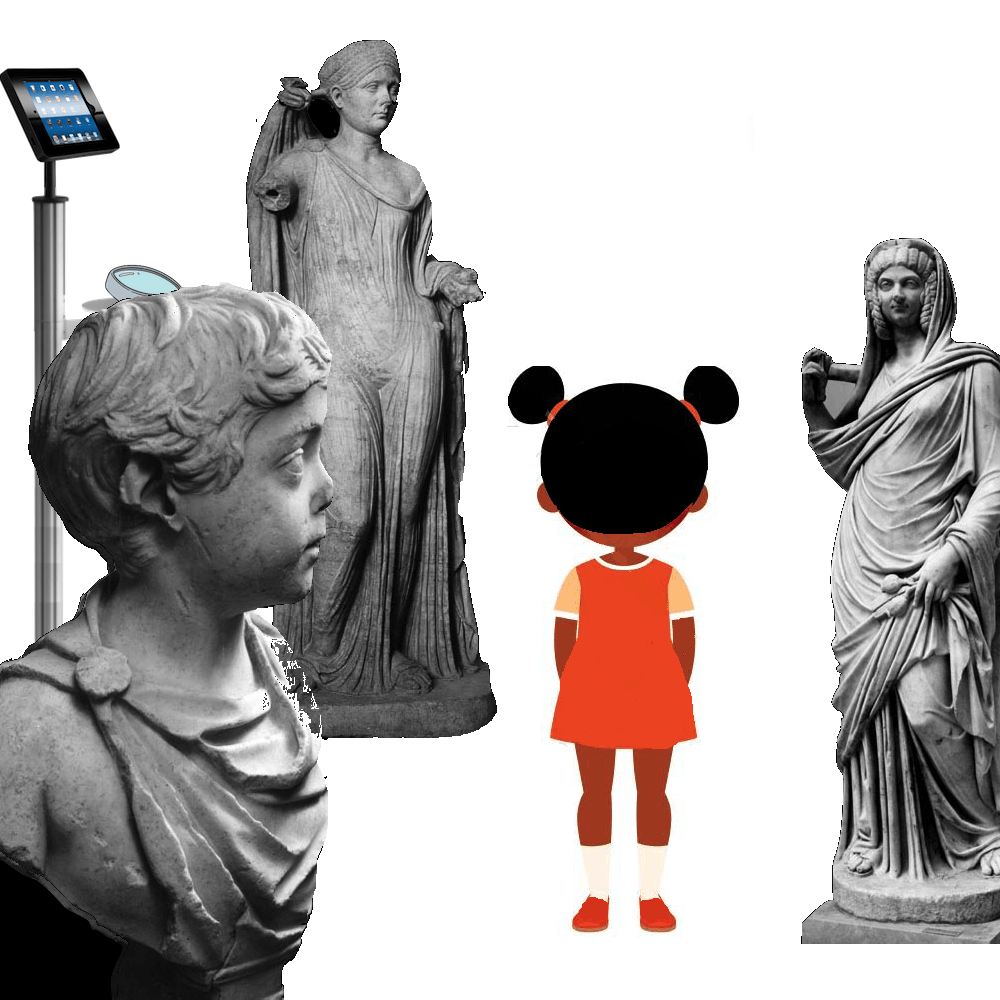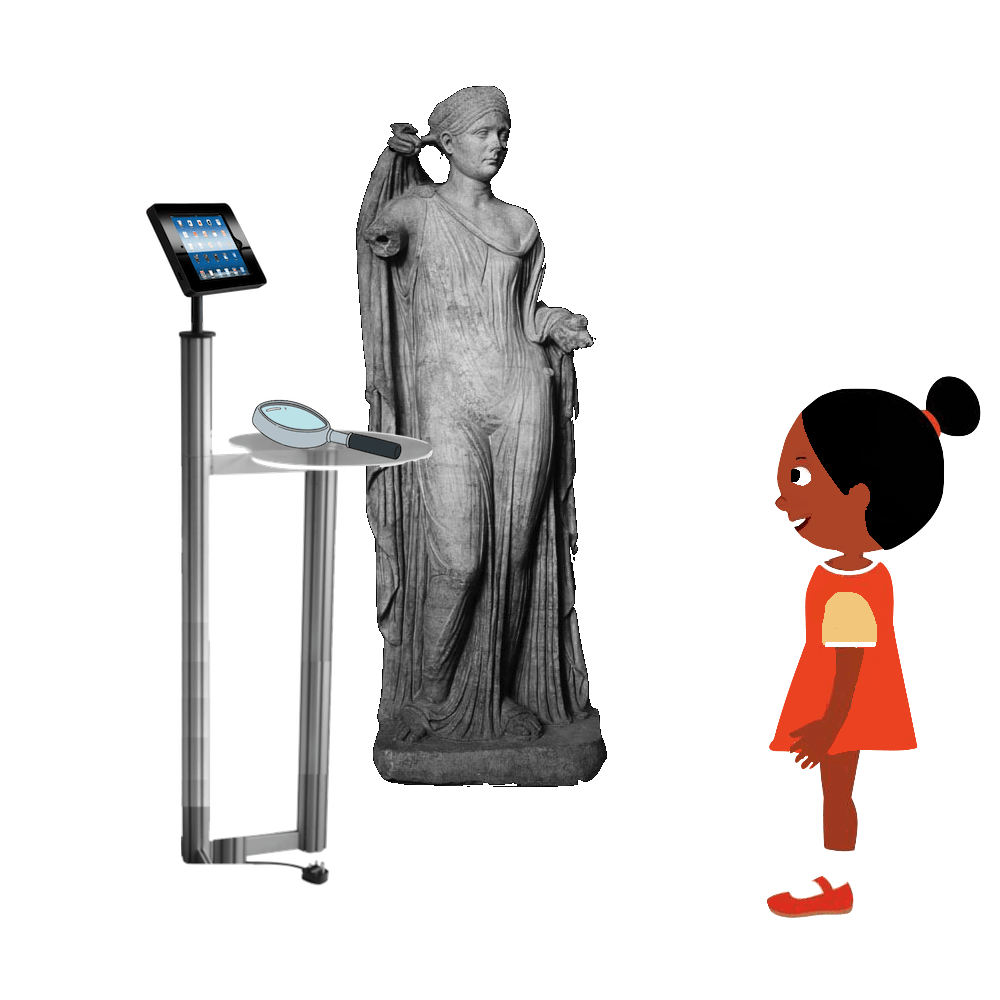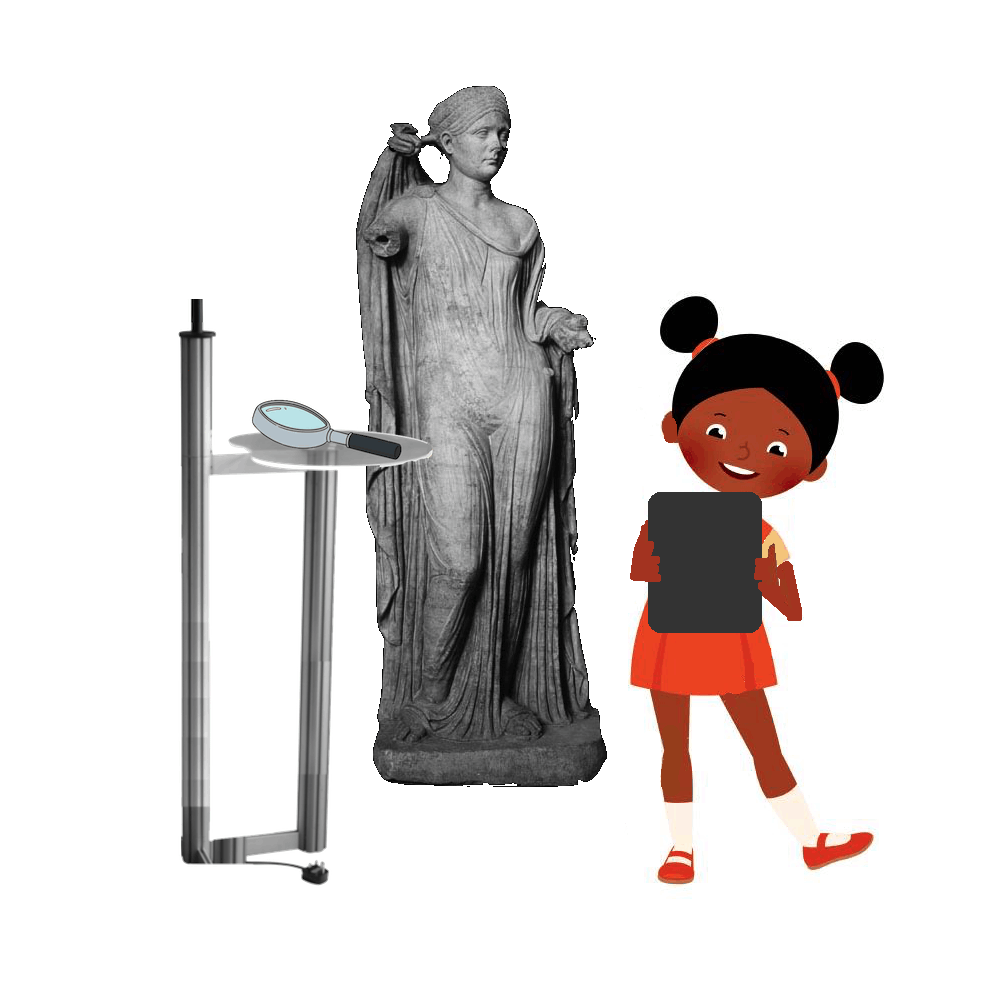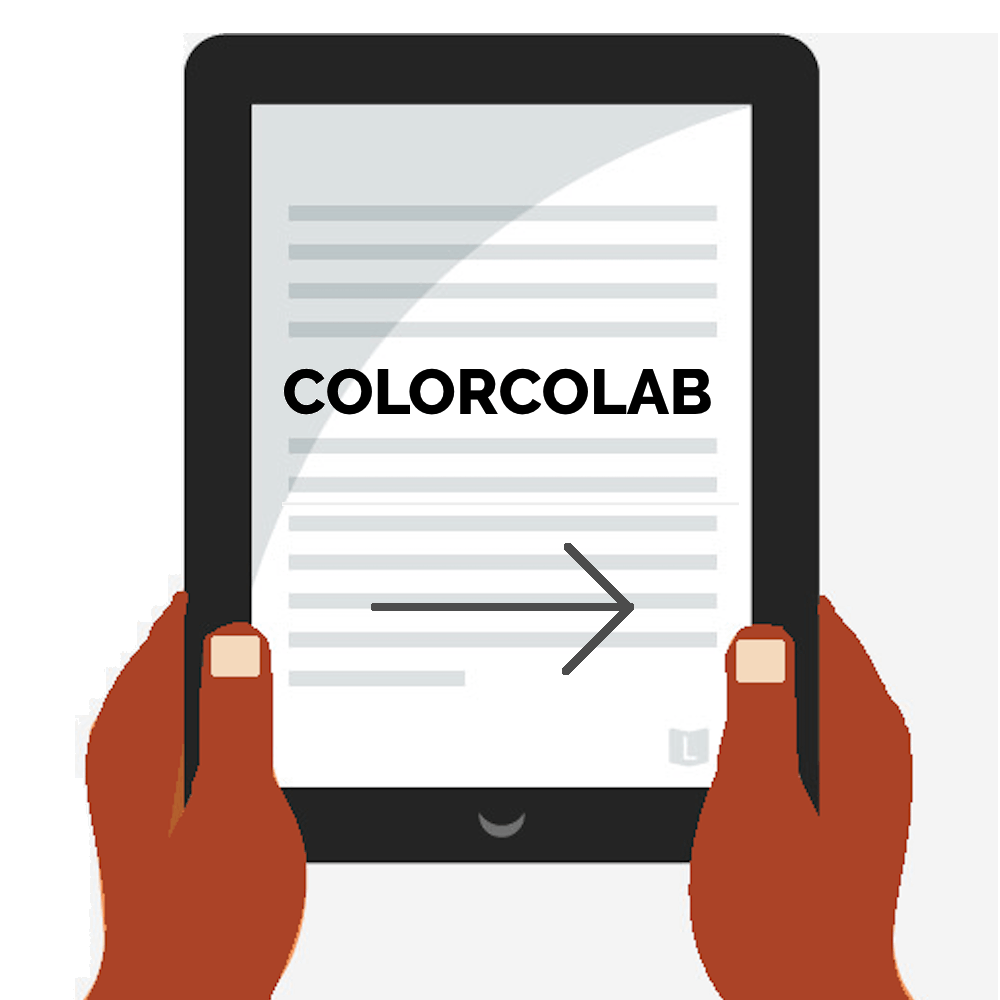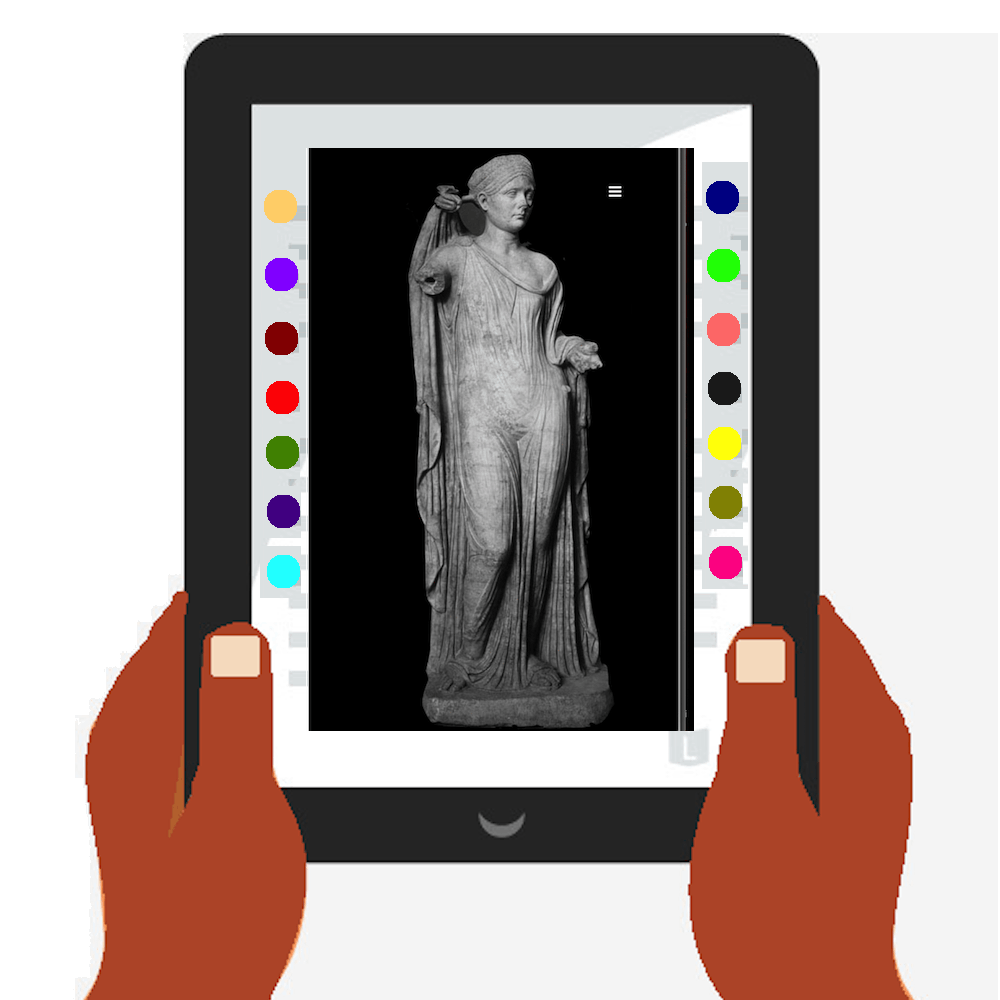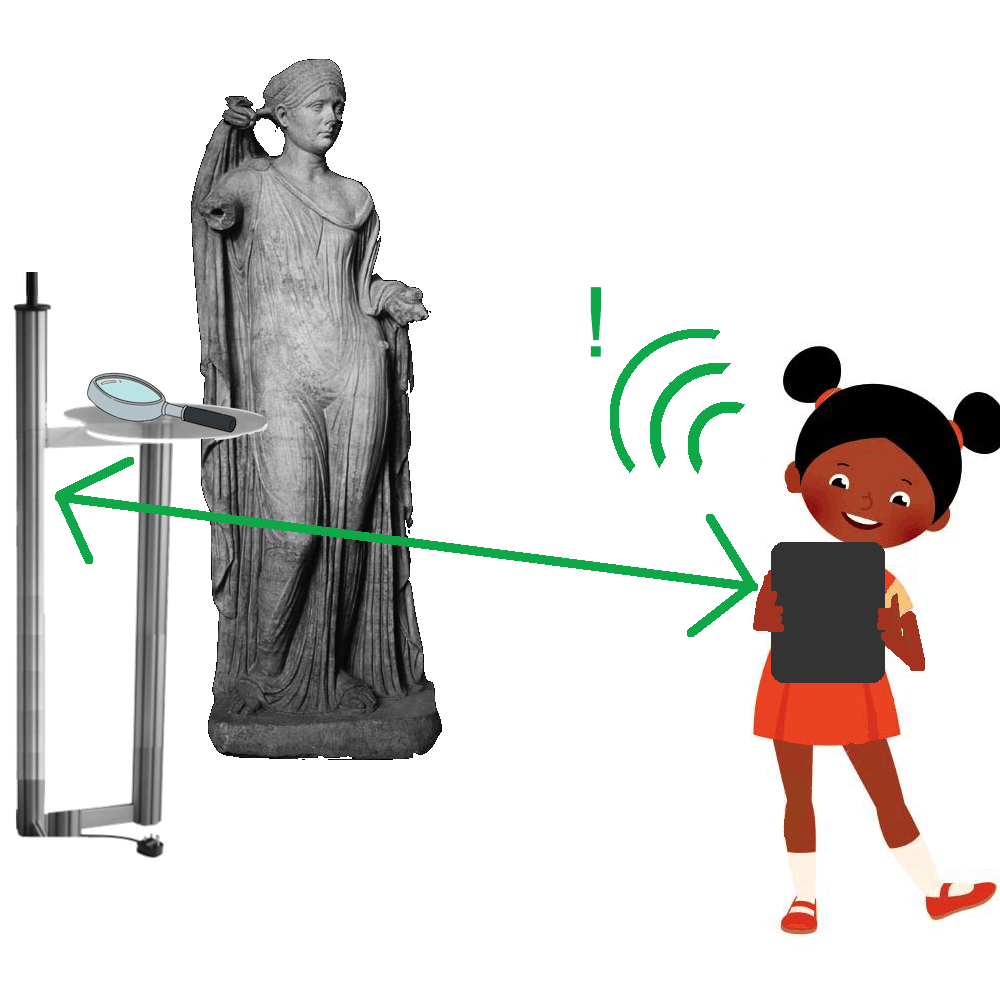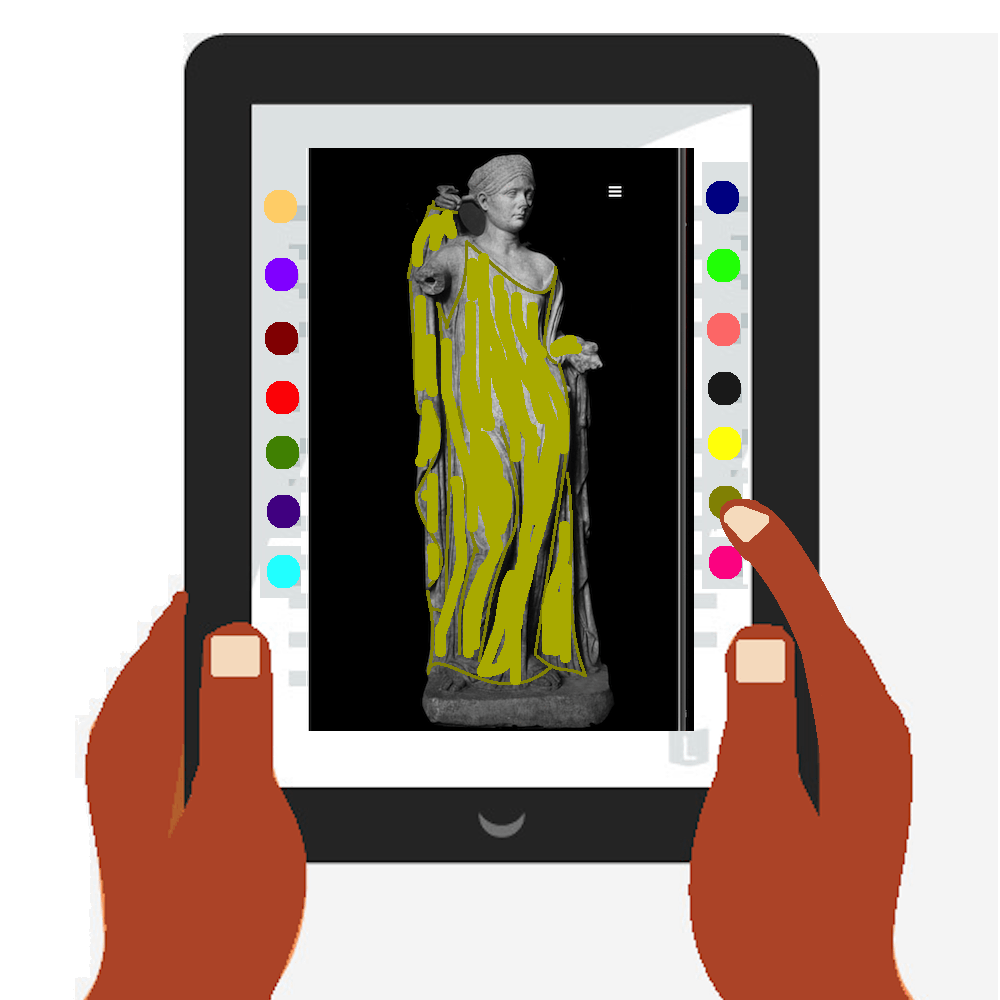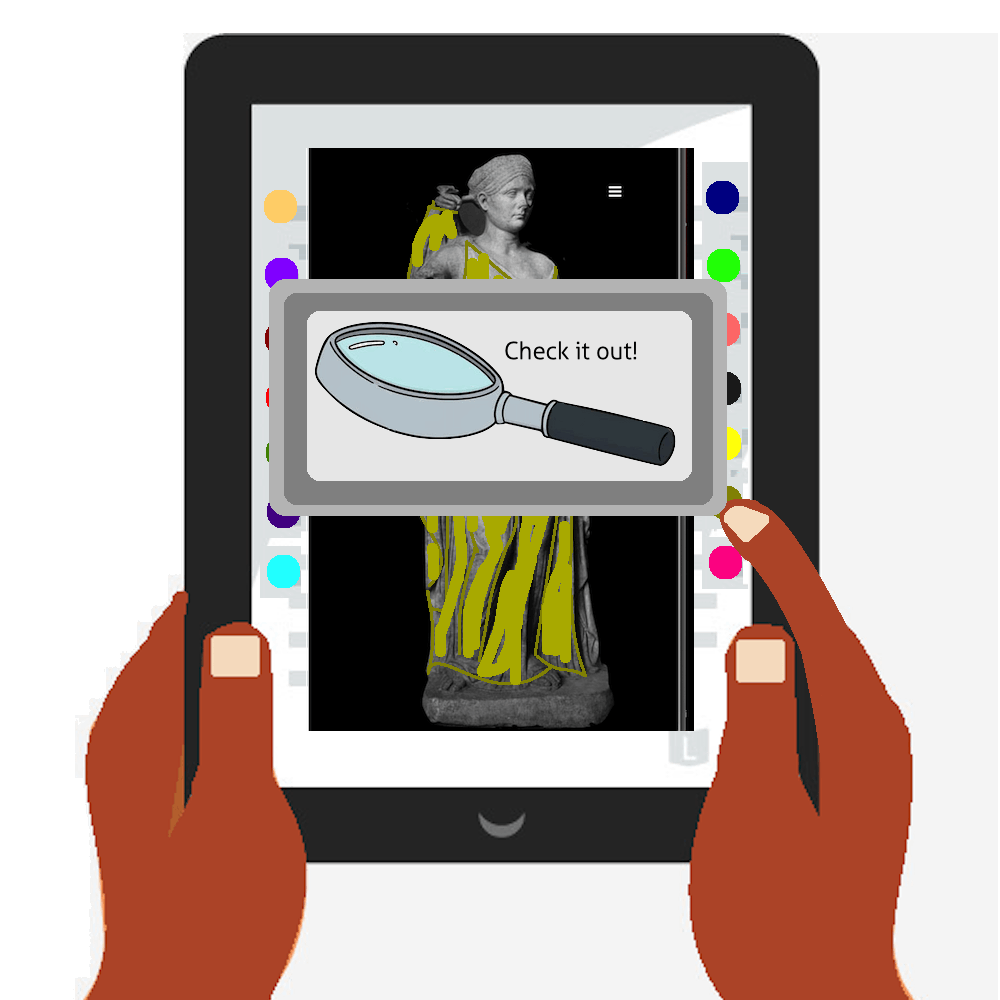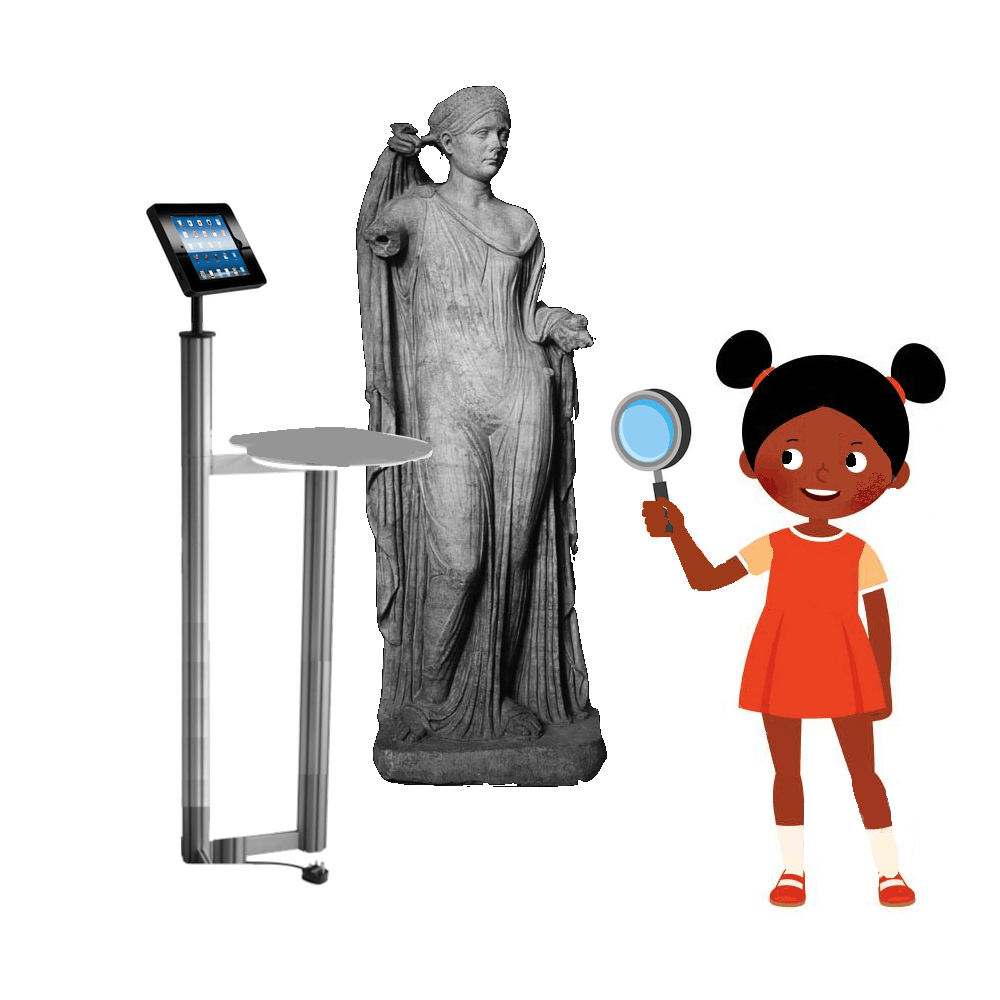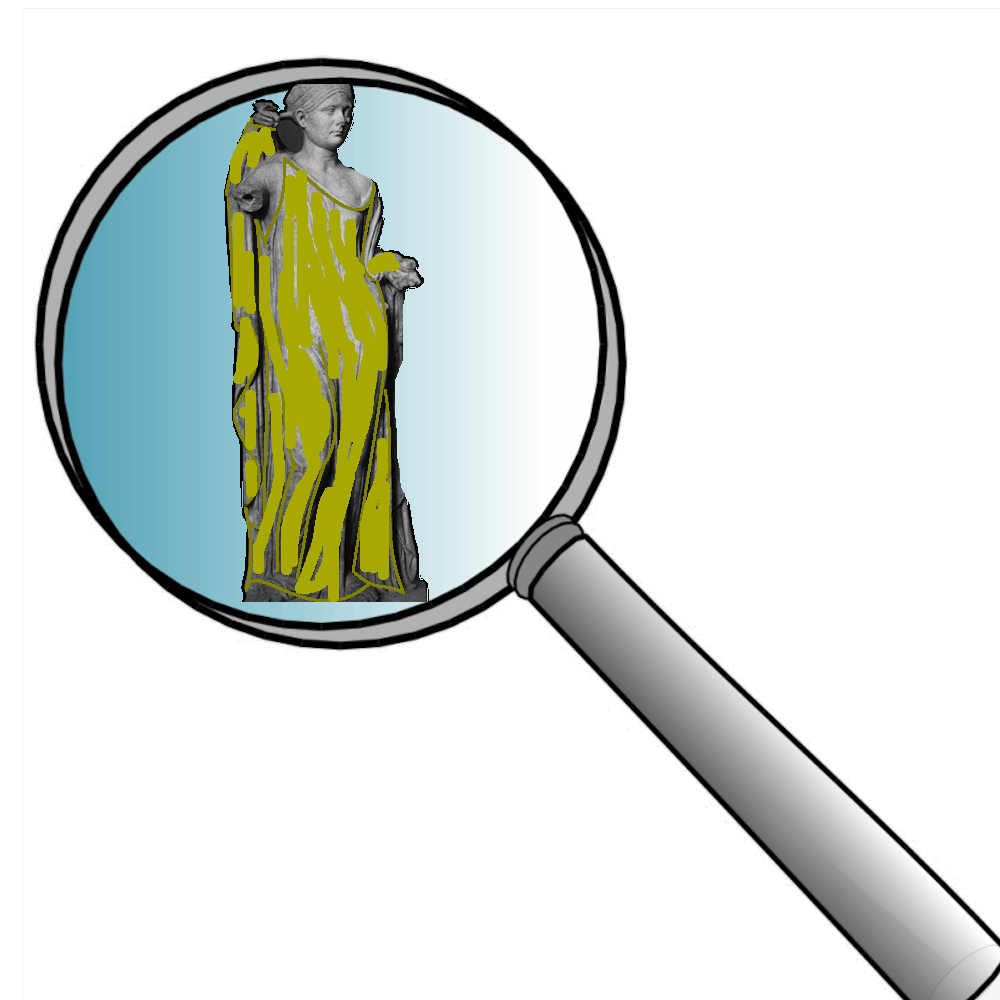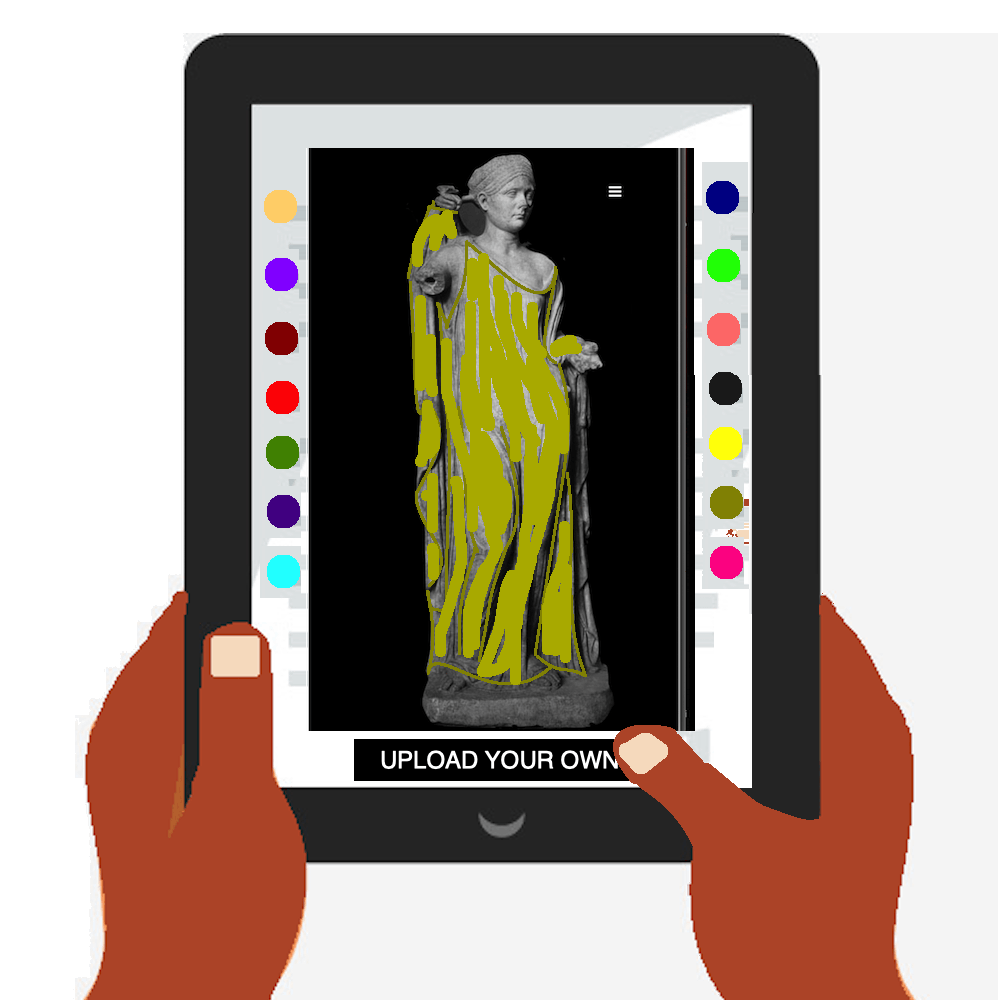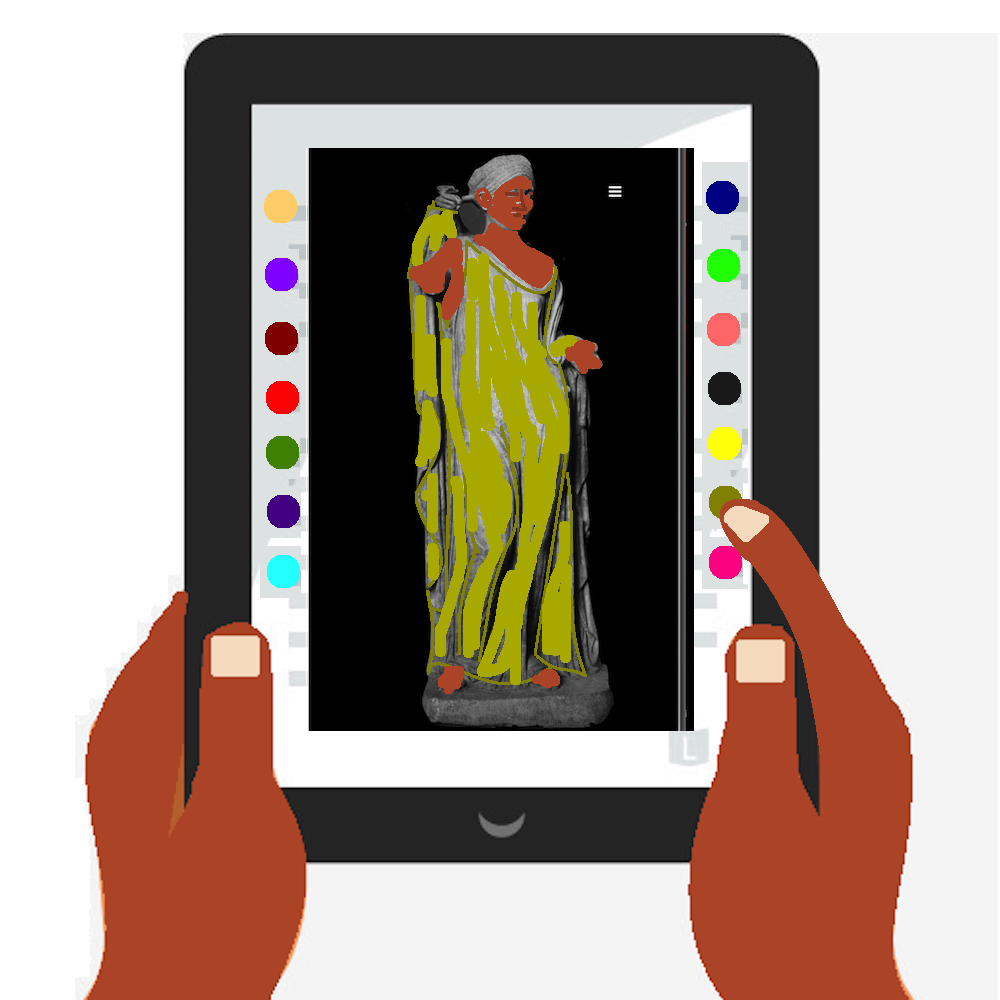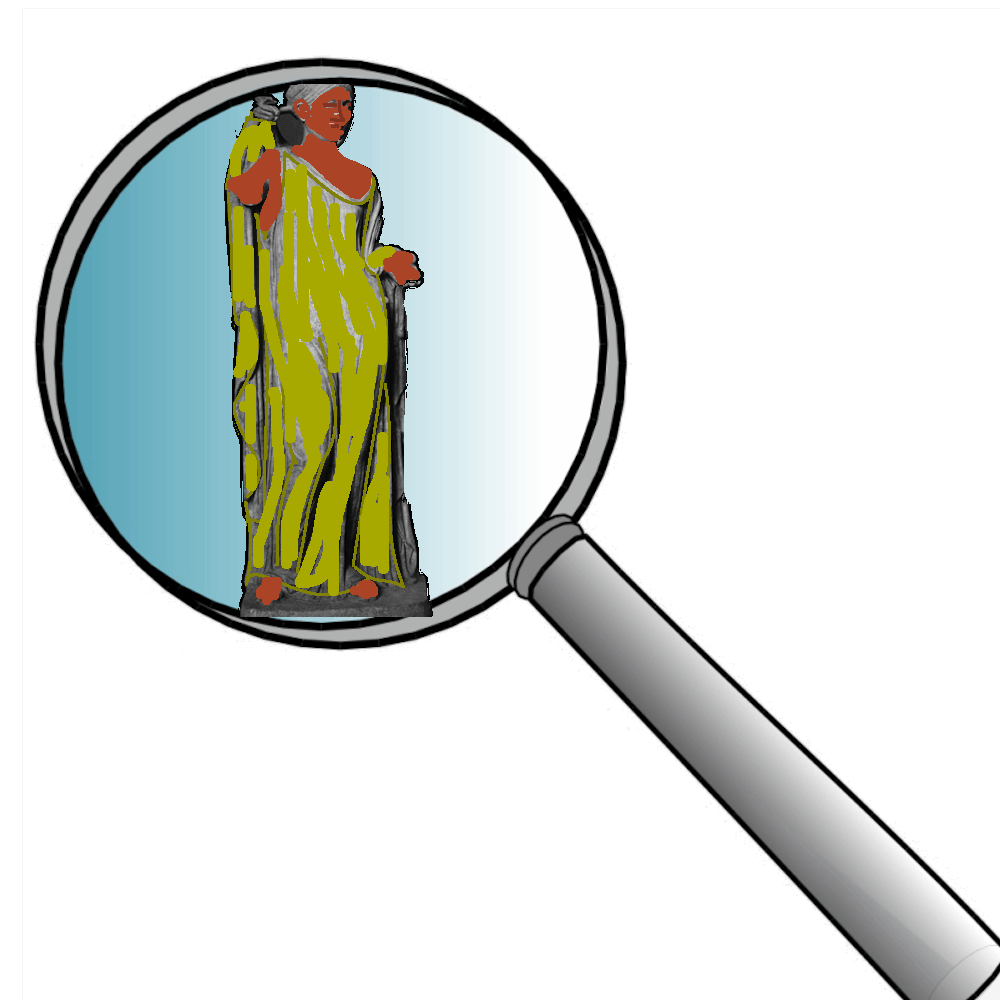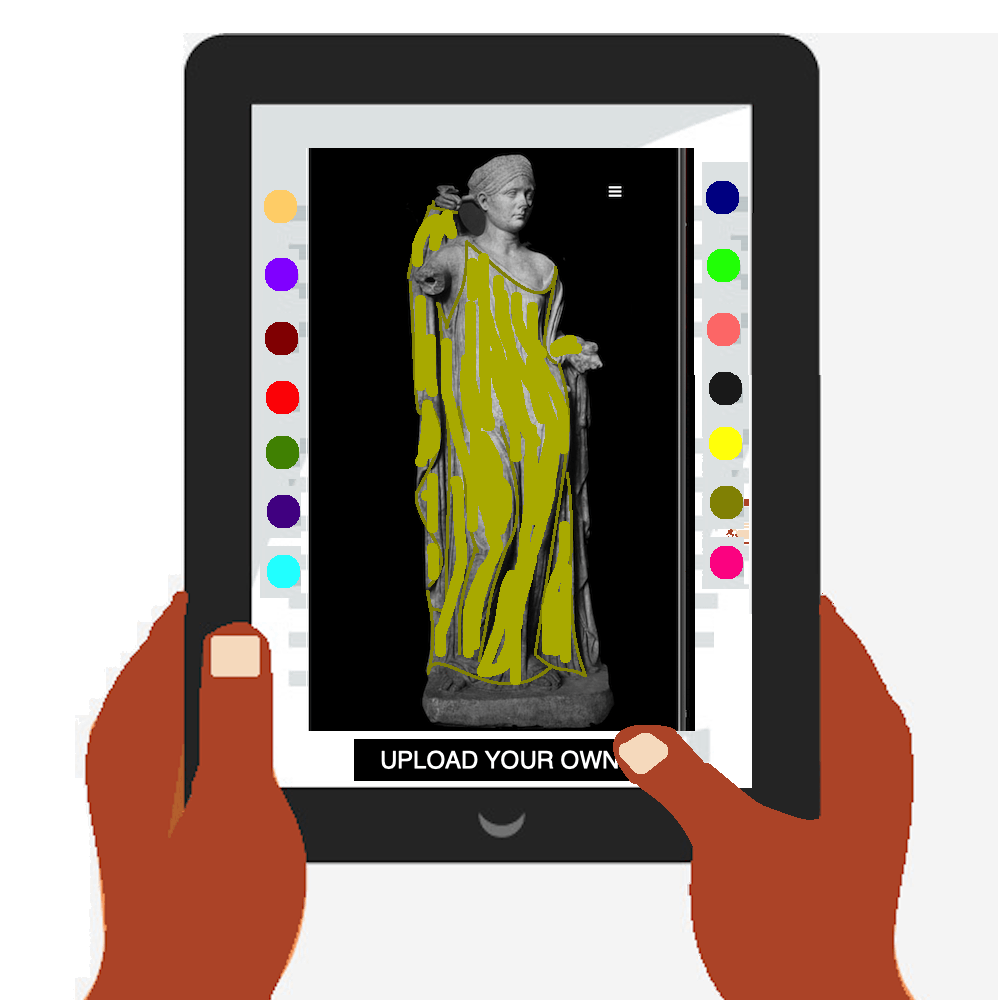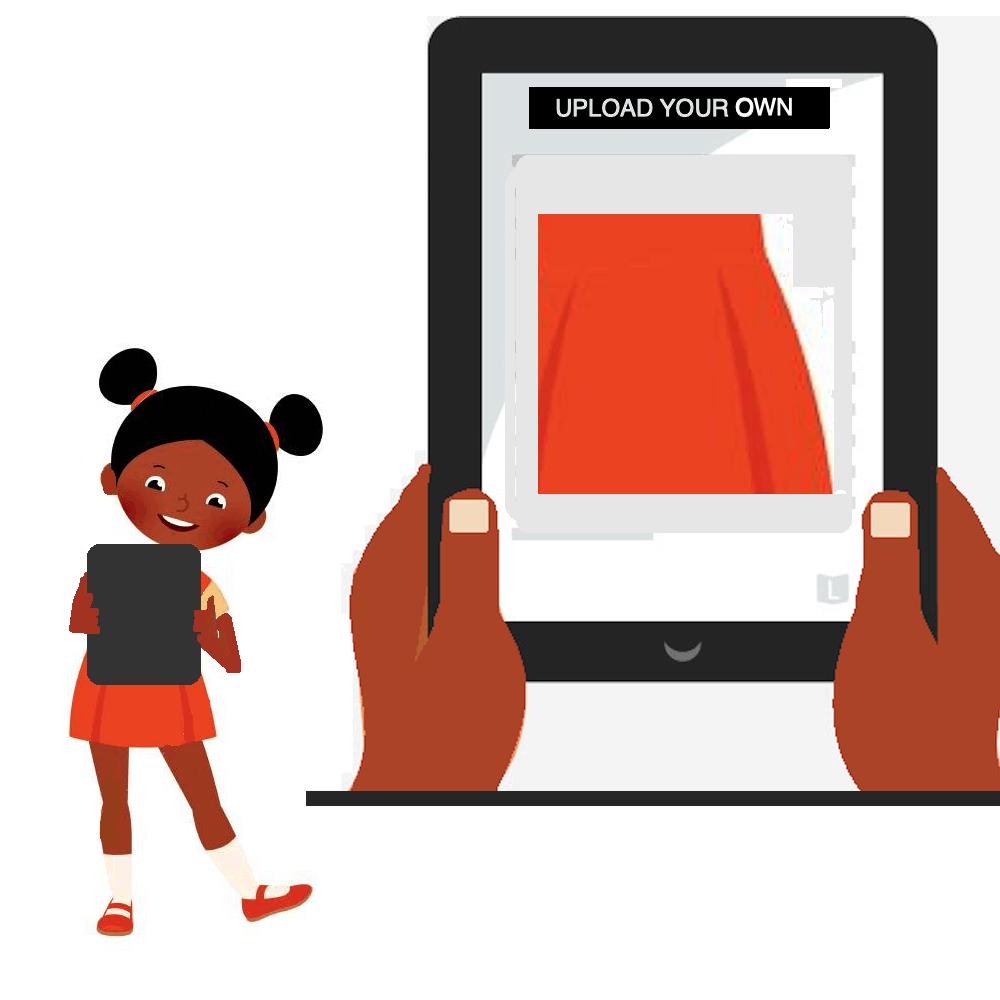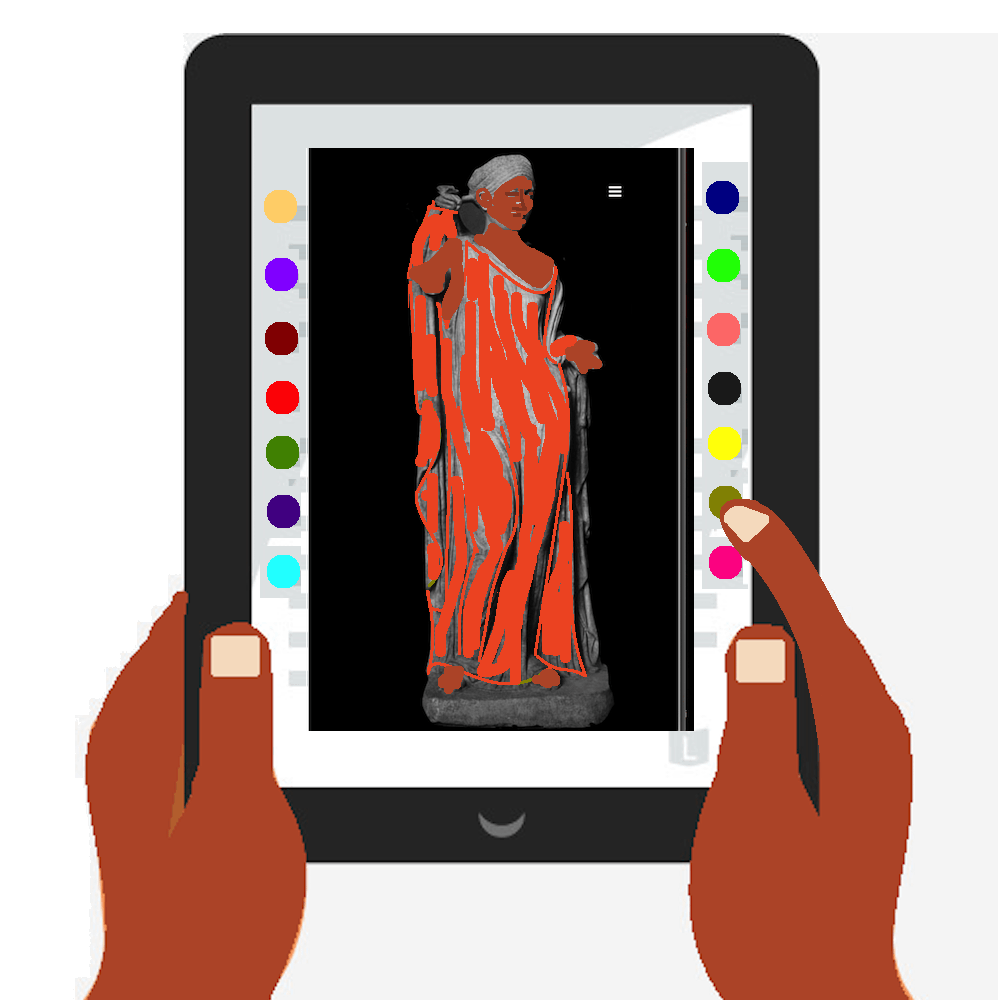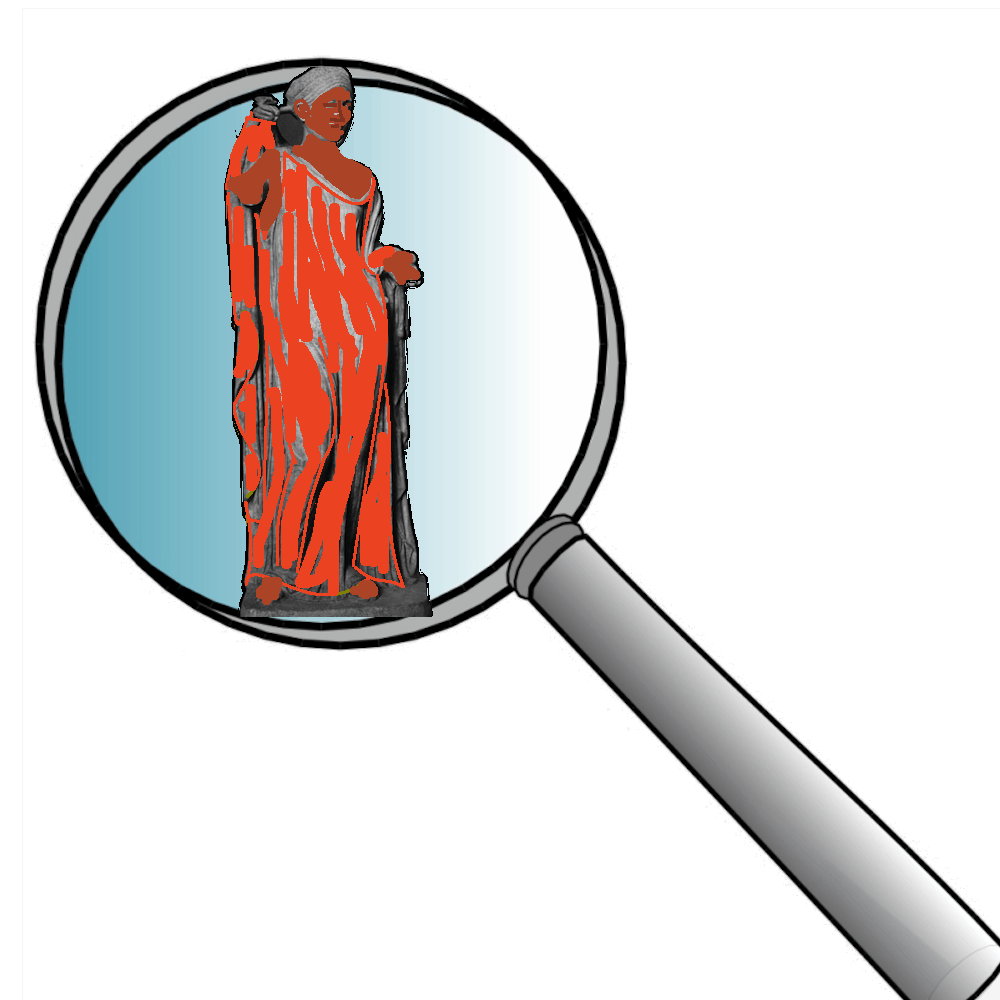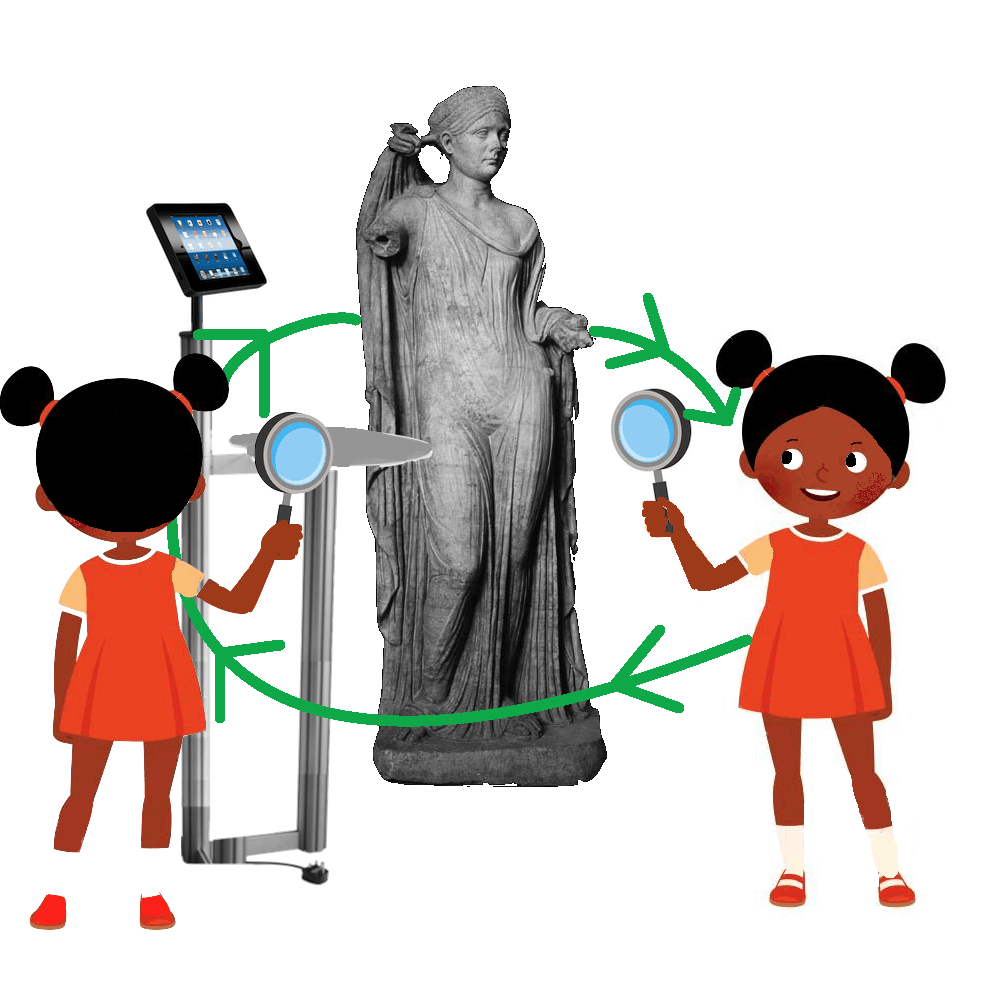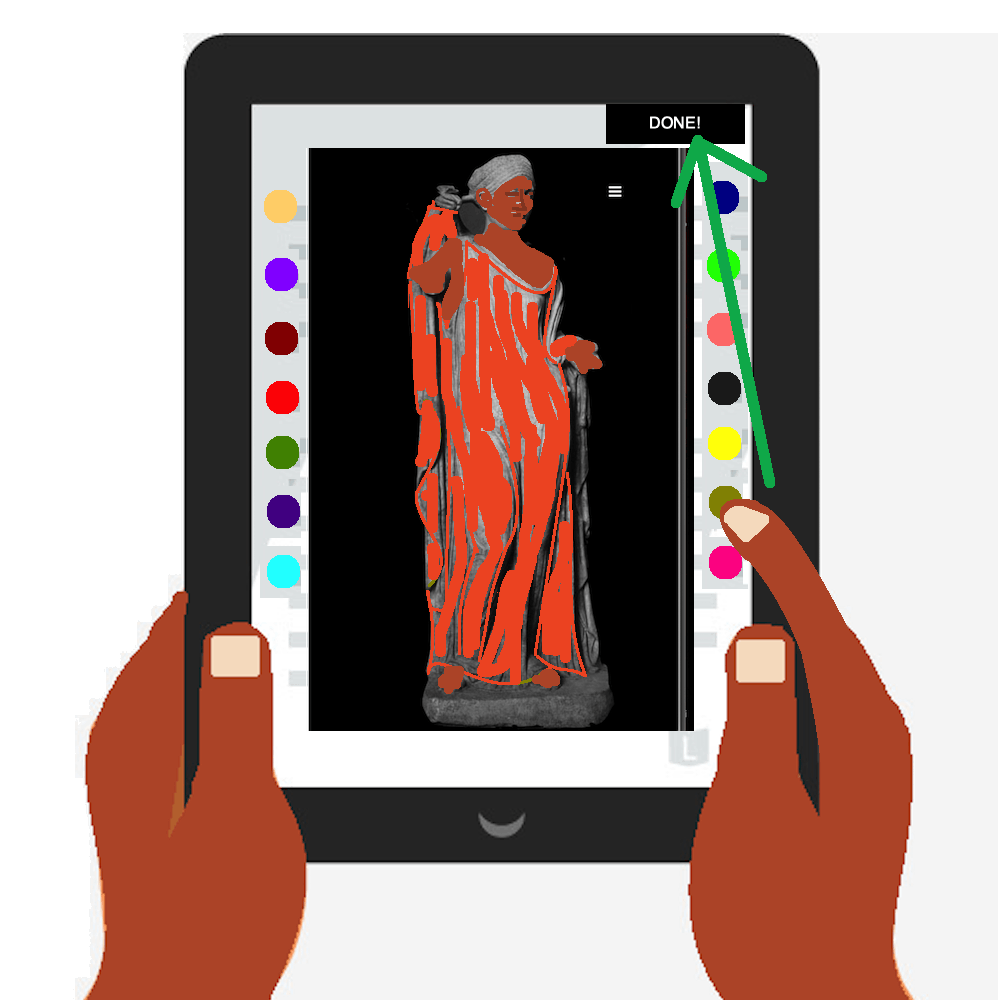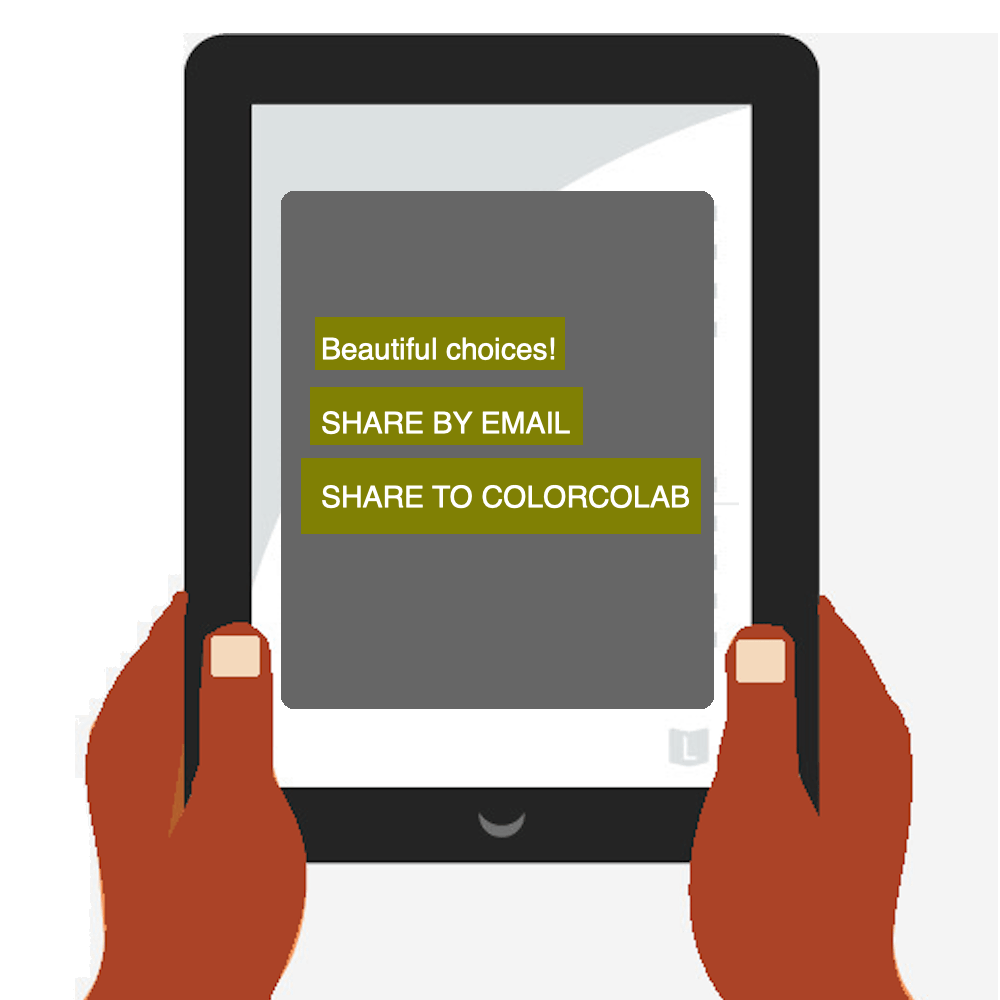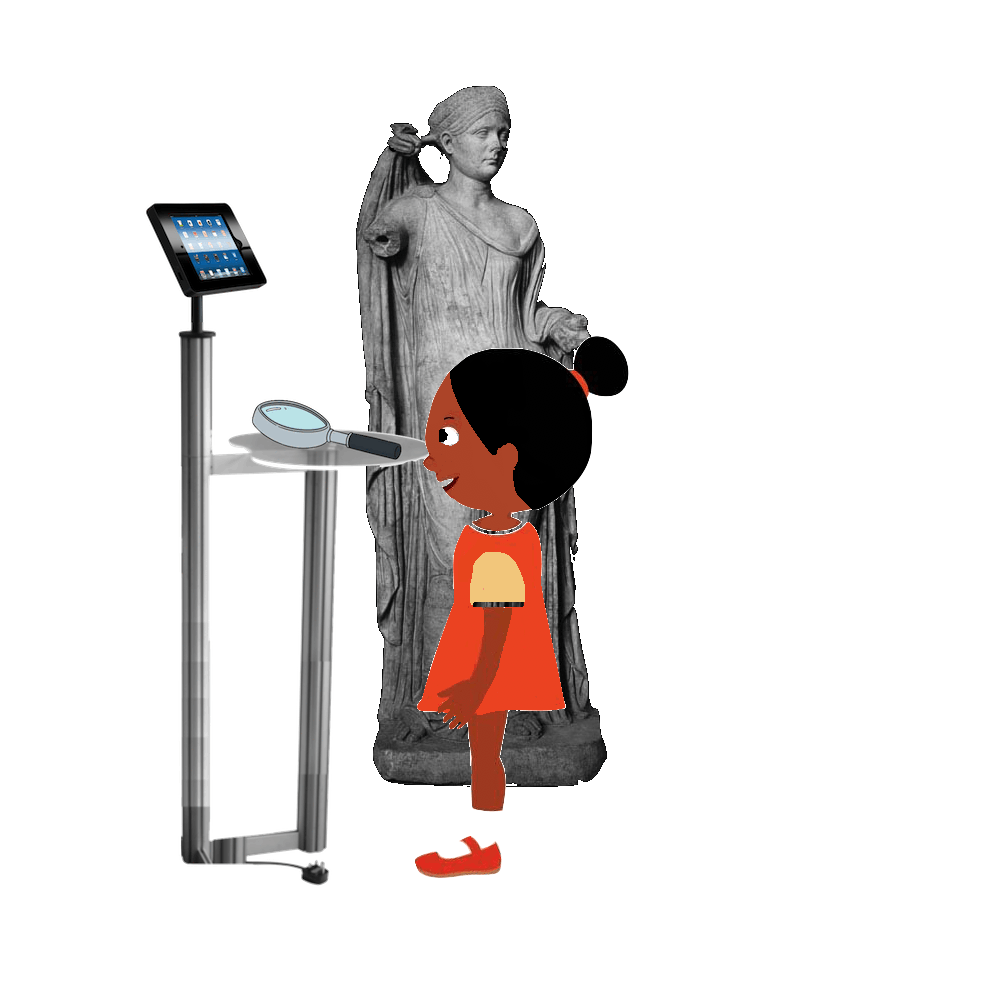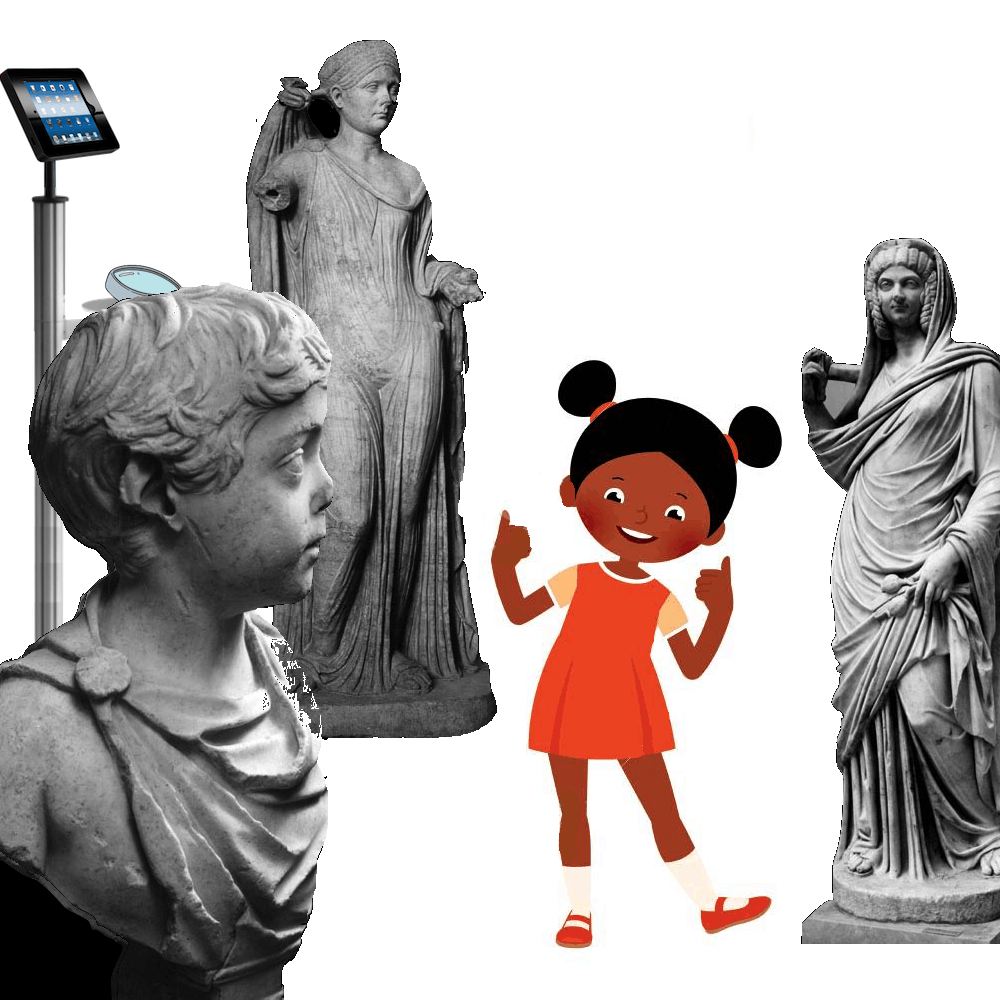ColorColab is designed for users of all ages. Ease of utilization of the online application as well as the AR interface was a core design principle: the idea is that users will interact with the application in an intuitive way, and that the application will also have helpful notes throughout its design to aid in cases in which the user might be confused.
Part of the design principle is that users’ knowledge of day-to-day tech (ex., smartphones) offers an opportunity to tap into the power of focus and modes of interaction that they are already comfortable with. The application will be available in Italian and English (to become accessible to a more varied global audience). Depending on user evaluation and data, the project can later be translated into the most common languages of its users.
In visitor studies, Eilean Hooper Greenhill identified target groups for museums that may include families, school parties, other organized educational groups, leisure learners, tourists, the elderly, and people with visual, auditory, mobility or learning disabilities (Hooper Greenhill, 1999: 86). ColorColab will work to make the project available, accessible and enjoyable to all these types of users by targeting, attracting, and entertaining these different groups.
